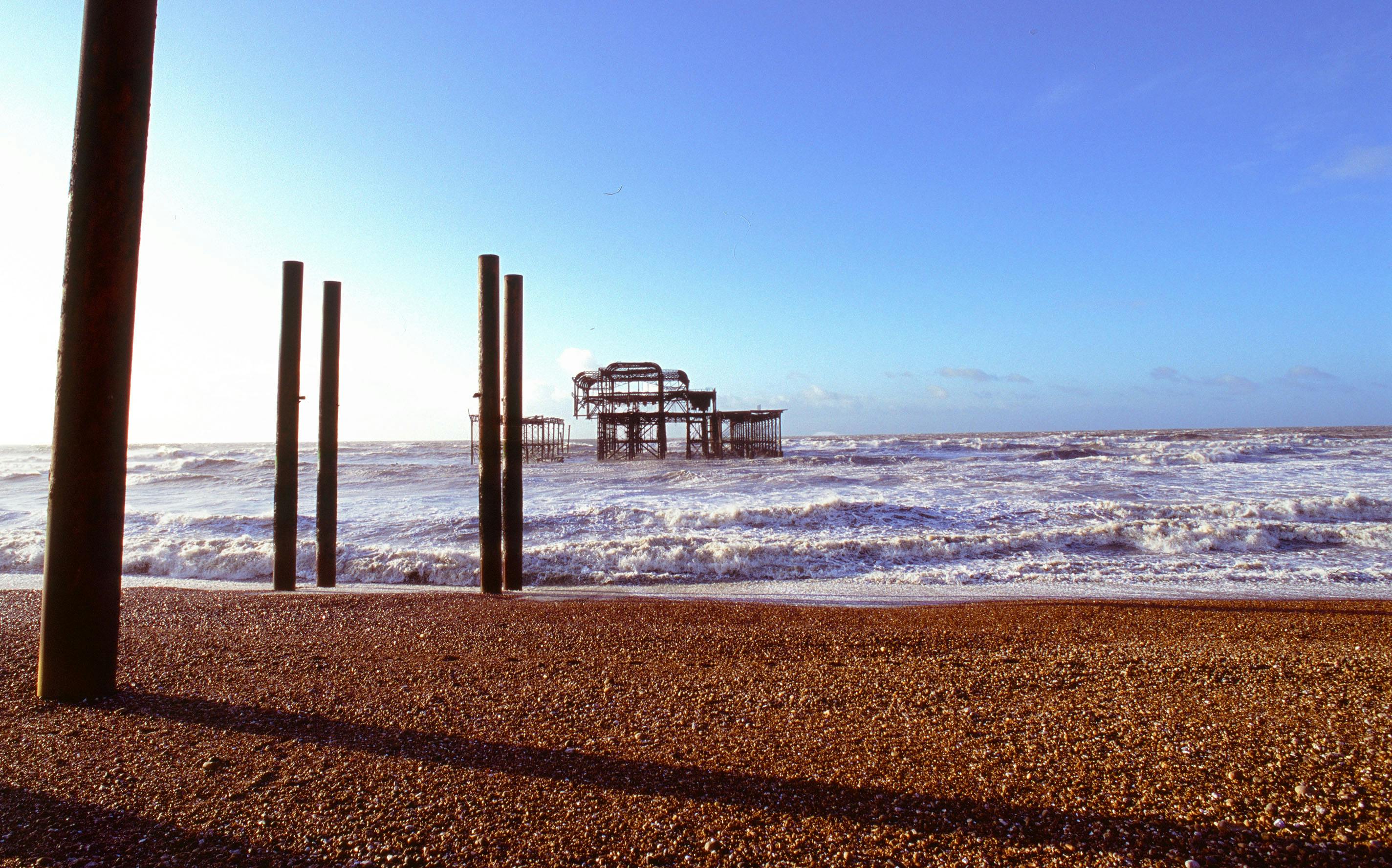

Pingback: Road Trip: Black Hills, South Dakota – Day 3, Part 2 | Fuji X Weekly Pingback: Fujifilm X100F Film Simulation Settings | Fuji X Weekly

Pingback: Road Trip: Grand Canyon National Park, Part 1: Color | Fuji X Weekly Pingback: Travel: Canyonlands National Park, Part 1: Color | Fuji X Weekly

Pingback: Travel: Arches National Park – Part 1: Color | Fuji X Weekly Pingback: Photoessay: Peoria, Arizona, In Color | Fuji X Weekly Pingback: Why X-Trans III Is Better (And Why It Doesn’t Matter) | Fuji X Weekly Pingback: My Fujifilm X100F Fujicolor Superia 800 Film Simulation Recipe (PRO Neg. Pingback: Convenience & Quickness | Fuji X Weekly Pingback: Photoessay: Kolob Canyon, Zion National Park | Fuji X Weekly Hi Film Simulation Recipe (Portraits) | Fuji X Weekly Pingback: Photoessay: 20 Fall Foliage Photographs | Fuji X Weekly Pingback: Top 10 Most Popular Posts of 2017 | Fuji X Weekly Pingback: Fujifilm X RAW Studio | Fuji X Weekly Pingback: Road Trip: Seattle With A Fujifilm X100F – Part 6, Goin’ Home (Day 6 & 7) | Fuji X Weekly Pingback: Road Trip: Seattle With Fujifilm X100F – Part 5, Bonney Lake & Tacoma (Day 5) | Fuji X Weekly Pingback: Road Trip: Seattle With A Fujifilm X100F – Part 4, Downtown Seattle, 2nd Impression: Pike Place (Day 4b) | Fuji X Weekly Pingback: Road Trip: Seattle With A Fujifilm X100F – Part 3, Downtown Seattle, 1st Impression: Seattle Center (Day 4a) | Fuji X Weekly Pingback: Road Trip: Seattle With A Fujifilm X100F – Part 2, Whidbey Island (Day 3) | Fuji X Weekly Pingback: Road Trip: Seattle With A Fujifilm X100F – Part 1, Getting There (Day 1 & 2) | Fuji X Weekly Pingback: My Fujifilm X100F Acros Push-Process Film Simulation Recipe | Fuji X Weekly Pingback: My Fujifilm X100F Vintage Kodachrome Film Simulation Recipe | Fuji X Weekly Pingback: Fujifilm X100F Dynamic Range Settings | Fuji X Weekly Pingback: My Fujifilm X100F Astia Film Simulation Recipe | Fuji X Weekly Also, for high-contrast scenes I find that -1 Shadow is typically better and for low-contrast scenes +1 Shadow is better.Įxample photos, all camera-made JPEGs captured using my Velvia Film Simulation recipe: It just makes it more in line with what I personally like. My Velvia Film Simulation recipe isn’t meant to make the settings more accurate to actual Velvia film. Velvia 100F has less contrast, less saturation and is slightly cooler than Velvia 50. Velvia 100 is very similar to Velvia 50 but with a slight purple cast. Velvia 50 film has exaggerated colors and high contrast and a slight green cast with warm yellows. My favorite choice for color photography on my Fujifilm X100F is Classic Chrome, but sometimes something more bold and punchy is needed. If you want vibrant colors, then the Velvia Film Simulation is what you want to go with. I suppose Fujifilm never specified which version of the film that they are trying to simulate. It’s more similar to Velvia 100F than Velvia 50. But I have noticed that they’ve improved it (over the X-E1, which is where I first experienced it), and it is a closer match than it used to be. The Velvia Film Simulation on Fujifilm cameras is not quite right. I have a couple rolls of Velvia 50 sitting around right now.
#Realgrain velvia iso
It was originally just called Velvia with no “50” in the name, and was rated at ISO 50 however, it is now called Velvia 50 and there are two other versions of the film. Velvia 50 was one of my absolute favorites for color landscape photography. I’ve shot a lot of Velvia film over the years. One of these Film Simulations is called Velvia, named after Fujifilm’s most popular color transparency (slide) film. cube LUTs from the desktop app version at this time.Fujifilm has what they call Film Simulations on their cameras instead of traditional JPEG settings, which are designed to mimic the look of different films. cube LUT from any non-trial plugin version of FilmConvert. You can export a 3D LUT to share your grade with others working on your film.You can load 3D LUTs into most color-grading software, which can be useful in workflows where plugin support is limited.

View on your monitor the look you will apply during post-production. You can use 3D LUTs on your monitor for on-set visualization.Here are some ways this can help improve your workflow. LUTs are a great way to export your grade for use on devices or any compatible software. Create and export 3D LUTs using FilmConvert


 0 kommentar(er)
0 kommentar(er)
